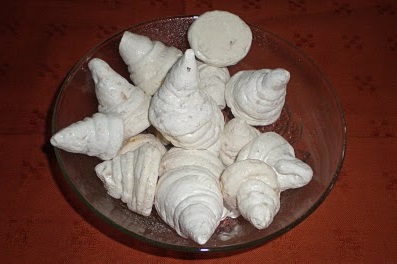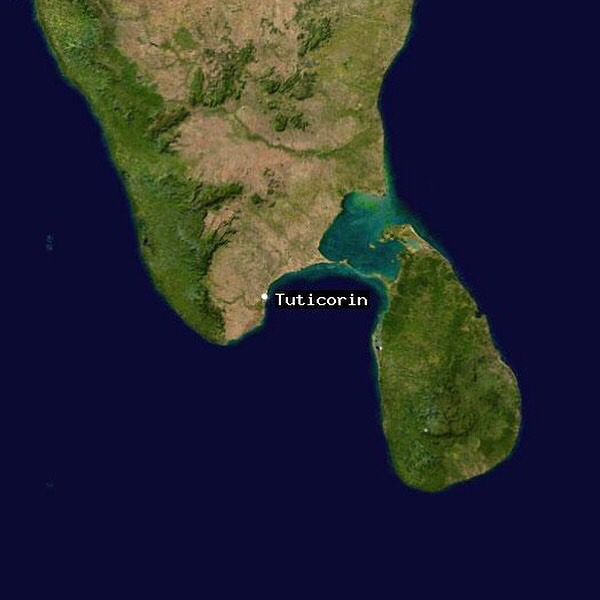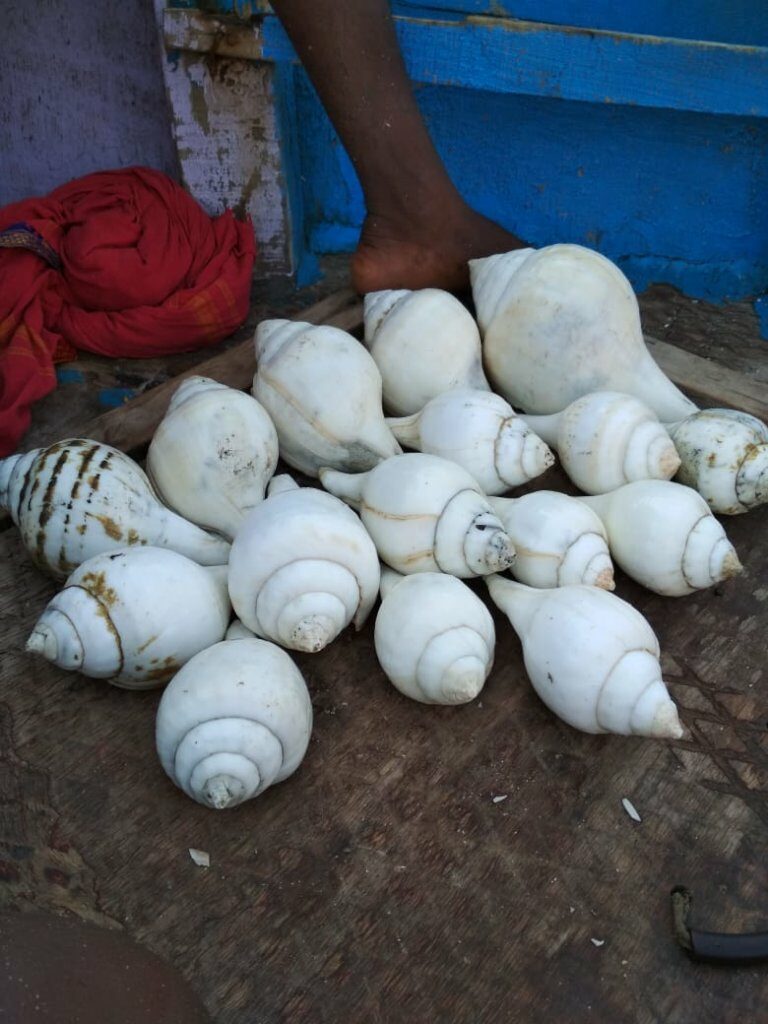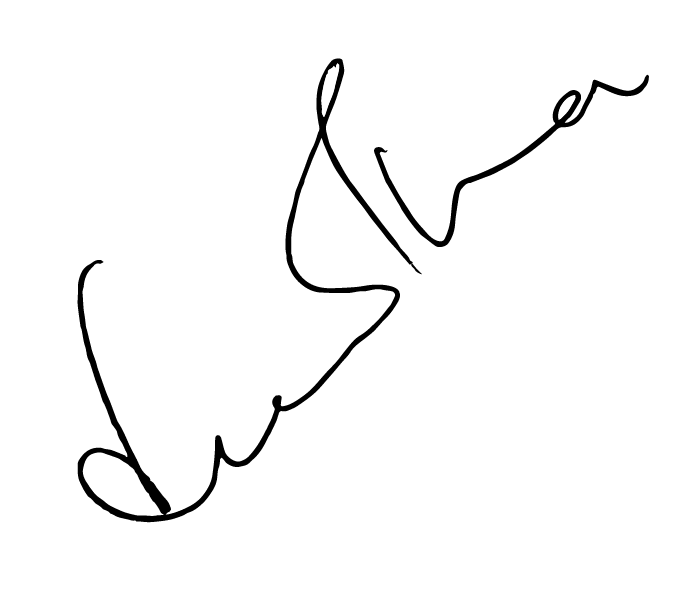Did you know? Of the strange case of macaroons of Thoothukudi?
All of us have eaten macaroons before. The shaggy, chewy, coconut filled cookies that seem to be the country bumpkin cousins of the lah-di-dah French Macarons.
But have you ever eaten a Tuticorin macaroon?
I tasted them for the first time when I joined my husband on a ship, 30 years back.
They looked adorable- like crisp little sea shells. When you put one in your mouth, it melted appealingly. Then came the nuttiness from the finely chopped cashews. The whole experience was unique! Sweet, nutty and wholly addictive. You couldn’t stop at one.

The name ‘Macaroon’ comes from the Italian word ‘maccarone’ which means paste, and were first prepared by Italian monks. The original macaroons were made from almond paste, egg-whites and sugar. This gave them a meringue-like consistency, with a crisp crust and a soft inside.
So how in the world did they appear in coastal Tamil Nadu?

Rumour has it that the recipe came with Portuguese sailors! It is said that one enterprising young man went from shop to shop pleading with someone to make the airy delicacy that his Spanish nanny made for him at home.
Almonds were not available in the 1530s in Tuticorin. That small detail did not stop one adventurous local cook- he quickly improvised using finely chopped cashew nuts. He also shaped the macaroon into a unique conical design, most likely emulating the chank shells that Tuticorin was always famous for.

The novel sweet caught on like a wildfire. The next time you are in Thoothukudi, you can stop at one of more than a hundred bakeries and try the nutty gooey snack in a city more known for pearl fishing, feisty freedom fighters and salt pans.
Have YOU ever tried a Tuticorin macaroon?

